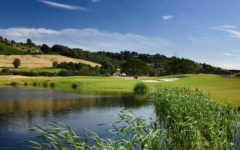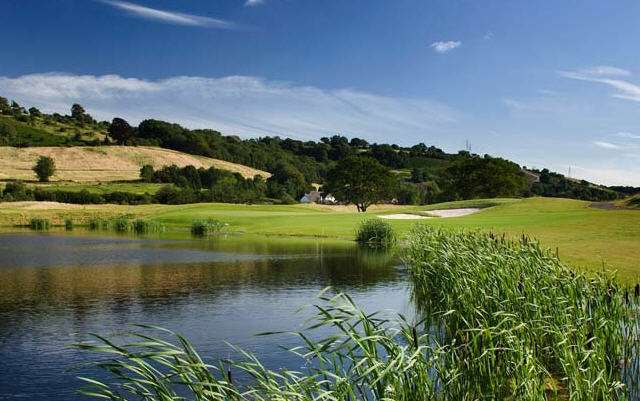
The Ryder Cup has come a long way since 1927 when a GB & I team captained by 1912 Open champion, Ted Ray, travelled to Worcester Country Club in Worcester, Mass, to compete in the inaugural match against a strong US side led by five-time USPGA champion, Walter Hagen.
Since then, a total of 31 different courses have been used to host the biennial transatlantic contest but this year it breaks new ground because, for the very first time, it is to be played over a course designed specifically to stage the match.
The layout of the Twenty Ten Course at Celtic Manor Resort is the handiwork of Ross McMurray, 46, who in his capacity as a lead designer with European Golf Design, has designed 25 courses in nine different countries. McMurray and European Golf Design were invited to Celtic Manor Resort in 1999 and given the task of producing a golf course for the Wales Ryder Cup Bid which would also accommodate crowds of up to 50,000 a day watching as few as four matches at any one time.
The Twenty Ten Course was created by designing nine new holes, and linking them to nine holes from the former Wentwood Hills course, designed by Robert Trent Jones Jnr. “It has been a pleasure and a privilege but it was also the most technically difficult project I have worked on” said McMurray. “The golf course needed to both challenge the world’s best golfers and facilitate the huge crowds which attend a Ryder Cup. We had to provide enough space for large hospitality units and ensure that spectators have the best opportunity to see as much golf as possible, particularly over the last few holes where the excitement is traditionally reaching its peak. I believe we have achieved this and I’m sure the players will respond to the very special atmosphere that will hopefully be created as a result.”
“There were also ecological, archaeological and engineering issues that had to be considered,” he added. “We had to limit the course’s impact on the environment, especially as otters, dormice and badgers were all present on the site. New archaeological challenges kept being thrown up because there were archaeologists working alongside us during construction and they were constantly making new discoveries. In fact, it was for archaeological reasons that we completely redesigned the last three holes at the 11th hour.”
The good news is that after all the work, the designs, the redesigns and the tweaking, the course is complete and the infrastructure in place. There are a number of fine risk and reward holes, which can be adapted for foursomes, fourball and singles golf, a beguiling mixture of par-3s, par-4s and par-5s, and a truly exceptional closing stretch that will undoubtedly produce the sort of fireworks for which the Ryder Cup is famed.
In short, the Twenty Ten Course is ready to fulfil the purpose for which it was built.
European Golf Design www.egd.com

